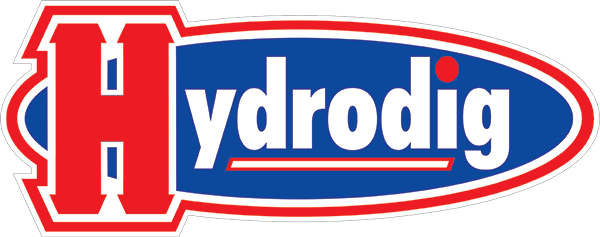
Excavation is a challenging activity and is also literally quite dirty. Workers need to know precisely where to dig because hitting the wrong place can cause disaster for workers and the surrounding area. Fortunately, some techniques make excavation a much safer task.
The process and techniques used in potholing
There is something called potholing, a technique that allows crews to locate buried utilities faster and more precisely. It is done by digging a hole (about 12 inches deep) to confirm the line’s position, depth, and style before exploring further.
Older methods were much more likely to result in digging in the wrong place. Improper excavation is not only a waste of time and energy. It can be dangerous. It may affect power, gas, or water lines, causing malfunctions and accidents.
There is a variety of potholing techniques available, each with its drawbacks. Digging with manual tools can be accurate enough, but it is undoubtedly tiring and time-consuming. Digging with an excavator is faster, but it is tedious and carries a higher risk of causing environmental damage.
Hydrovac excavation was eventually carried out, and significant improvements were made. It uses pressured water to break up soil and a vacuum to clear the debris, which is sucked into a tank and used later for backfilling.
